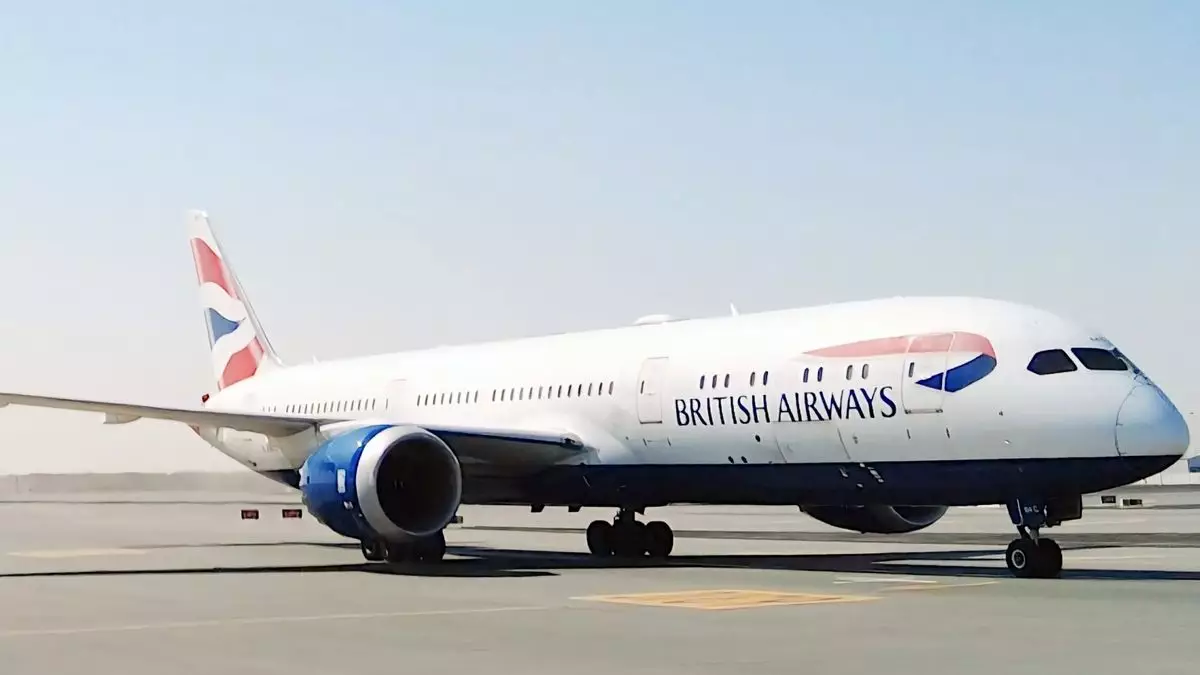British Airways is set to reshape its loyalty program in a significant manner, now officially dubbed the British Airways Club, dropping the previous moniker of Executive Club. This change signifies more than just a rebranding; it marks an evolution in how members will accumulate status and benefits. Traditional metrics, such as the distance flown and fare classes, are being replaced with a more straightforward approach centered around spending. Such shifts reflect a broader trend within the airline industry, where financial contributions are increasingly prioritized over mere travel metrics.
Transitioning to Spending-Based Rewards
Effective from April 1, members will see a notable change in the calculation of Tier Points, as these will now depend on how much they spend on fares, ancillary services, and bundled air-hotel packages. This strategy is designed to encourage members to invest more within the British Airways ecosystem rather than relying solely on travel mileage. Members who use British Airways co-branded credit cards will also be able to accumulate Tier Points, further linking financial loyalty to travel rewards.
For travelers, this means that expenditures on British Airways flights, as well as those with partners like American Airlines and Iberia, will enhance their status more rapidly than ever before. The revised structure assigns one Tier Point for every British pound spent on eligible purchases. In contrast, customers flying with other British Airways airline partners, such as Alaska Airlines, will receive Tier Points based only on a percentage of the distance flown, ranging from 2% to 25%, depending on the fare class — a system that may disincentivize those who frequently travel with lesser-known partners.
Eligibility and Status Levels Reconfigured
The newly defined status tiers will require members to accumulate Tier Points to secure various levels of recognition. For instance, attaining Bronze status now necessitates 3,500 points, while progressing to Silver requires 7,500. Achieving Gold status represents a more ambitious goal, requiring a total of 20,000 points, with the coveted Gold Guest List needing 65,000 points, reinforcing the idea that significant spending, rather than travel metrics alone, will dictate one’s loyalty standing.
Moreover, the introduction of a point-gifting system, scheduled for 2025, further add layers of reward and recognition as members transition between status levels. This layered approach to loyalty rewards encourages continued engagement and higher spending, deeply intertwining customer retention strategies with increased financial contributions.
These changes from British Airways highlight a pivotal shift towards a more modern understanding of loyalty. By prioritizing spending over travel distance, British Airways not only aligns itself with current consumer expectations but also positions its loyalty program to attract a new generation of travelers who value benefits that come from financial engagement rather than just mileage accumulation. As the airline industry continues to change, British Airways Club serves as a testament to how loyalty can evolve, providing a tailored approach to rewarding its members effectively. This strategic transformation will likely keep British Airways competitive in a market where flexibility and customer preferences are at the forefront.


Leave a Reply